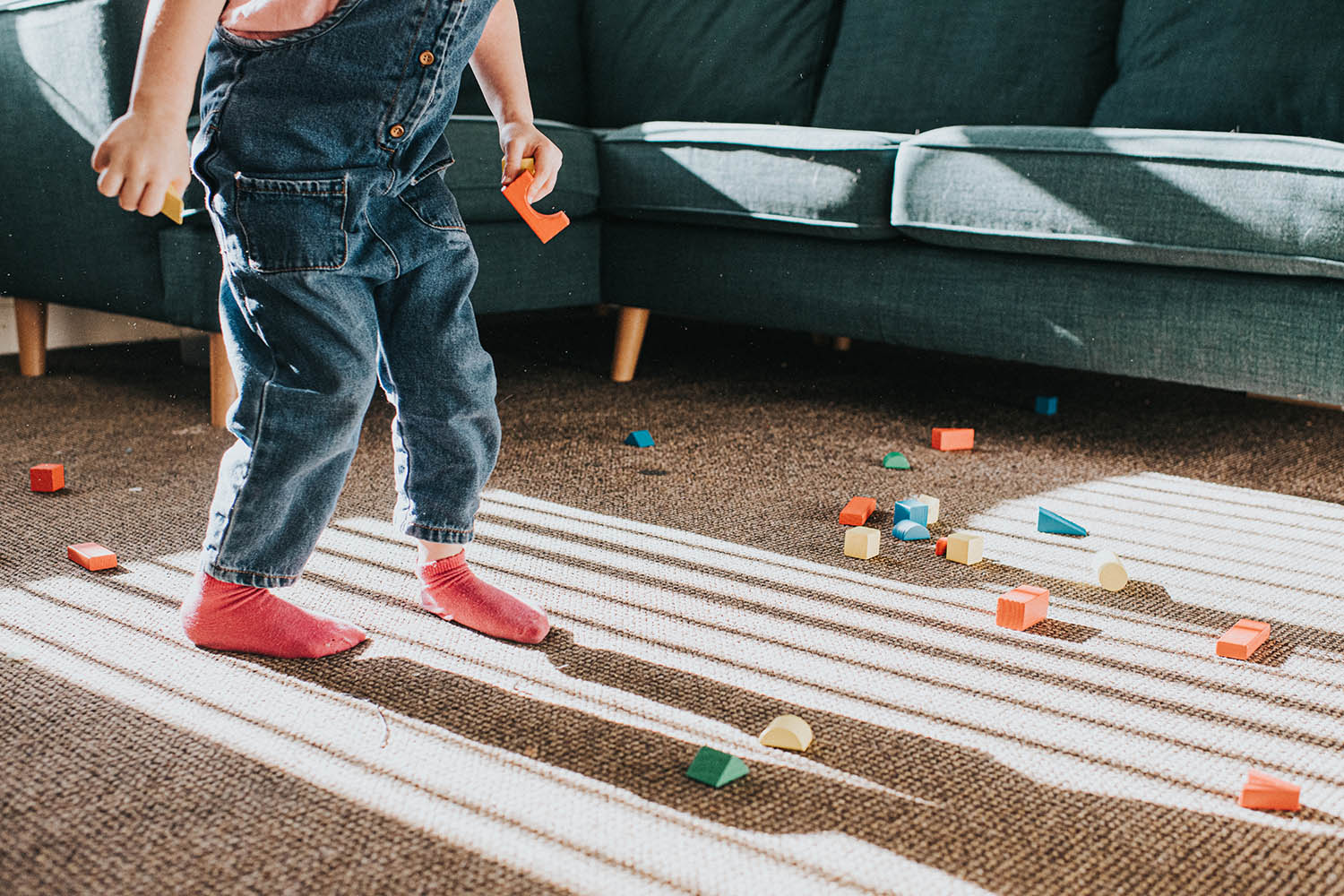When it comes to adoption, demand generally outstrips supply. In 1968, the year abortion was legalised, 24,831 children were eagerly taken in to new homes. In subsequent decades, contraception improved, single parents were less impoverished, and we stopped removing children from unmarried mothers. Fewer babies were left on orphanage doorsteps and more would-be parents were left disappointed.
But now something strange is happening in England. There are more children in care and fewer people waiting to adopt them. In 2024 there were 83,630 in the care system, a 23% increase from 2014. Simultaneously, between 2013 and 2023, the numbers of “approved families” dropped by 60%. In 2024 there were 28 children for every one adopted. Why the mismatch?
One answer might be that a rigorous screening process is now locking out too many potential parents. In law, those looking to adopt in England and Wales only have to be over 21 and have residency. But local authorities are in charge of filtering. In many ways these panels have grown more lenient and less arbitrary since the 1990s – another point of crisis – when there was still a lingering expectation that adopters should be young, married and well educated. Panels were found rejecting applicants for being fat, or smokers, or, in one reported case, for wanting to impress Beethoven on their child and prevent them from wearing trendy clothes. Same-sex couples only won the right to adopt in 2002.
They have got stricter in other ways, however. A necessary step-up in background checks means more potential abusers are filtered out, but local authorities often set the bar high for financial solvency. Some require that each child has their own bedroom, and recommend that one parent take a full year off work to bond with them. Those are expenses few can afford.
Many of these requirements have, however, been in place since a peak in adoptions in 2015. So what else has changed? The Department for Education has blamed two court rulings in 2013 stating that adoption orders should be made only when there is no alternative, such as placing a child with birth parents. This has tilted the balance even further away from adopting parents. But it might not be the whole story either. Even those children approved for adoption – judged in their best interests – are now waiting longer to be chosen.
A major part of the answer is instead likely to be the cost of living crisis. Fewer can afford to consider adopting. That tallies with reports from agencies that inquiries from prospective parents are dropping: Adoption Partnership South East says it had the lowest number in 2024 since before the pandemic.
Local authorities can no longer afford to give families much support
The funding crisis extends to local authorities, which can no longer afford to give families much support, making adoption even less appealing. Two voluntary organisations that did this work – St Francis’ Children’s Society and Families for Children – have gone under. Adoption UK has said that 38% of adoptive families were “facing severe challenges” or “reaching crisis point” in 2023, up from 22% in 2022.
Meanwhile, funding cuts to locally provided therapy last week resulted in hundreds of calls to adoption charities, who fear that more and more children may be returned to the care system as a result. In 2023 this was the fate of 7% of adopted children, who left their families early, up from 3% in 2021.
Compounding the problem is that the longer children are made to hang around in the care system, the fewer people are prepared to adopt them. There are already too many older children for the families that want them – 38% are between 10 and 15, and 27% are 16 and older. But people mostly want toddlers and babies: 50% of children approved for adoption are under the age of two.
And why are the numbers of children in care going up? One factor might be a rise in unaccompanied asylum-seeking children. Their numbers rose by 37% in 2022 and 29% in 2023. That has further tilted the age of young people in the care system – many are over 16.
What could change things? The government runs recruitment drives for adopters – including an adoption week, sharing success stories and celebrating parents – but this is unlikely to work. The sticking point is money. At present, adopters get a similar amount to mothers on statutory maternity pay, and for the same amount of time, which hardly covers the cost of looking after an older child with additional needs, as is the case for most adoptees. It would make economic sense to give more money to adopting parents, as well as towards their support: keeping children in care is expensive. Finding a child a permanent home saves the taxpayer £1m on average.
It is also worth doing for other reasons. Children typically don’t do well in care. Spending time at the hands of the state makes you four times more likely to suffer from poor health 30 years later and 70% more likely to die prematurely, often through unnatural causes like self harm or accidents.
Once it was prospective parents queueing up; now it's the children.
Photograph by Getty Images

